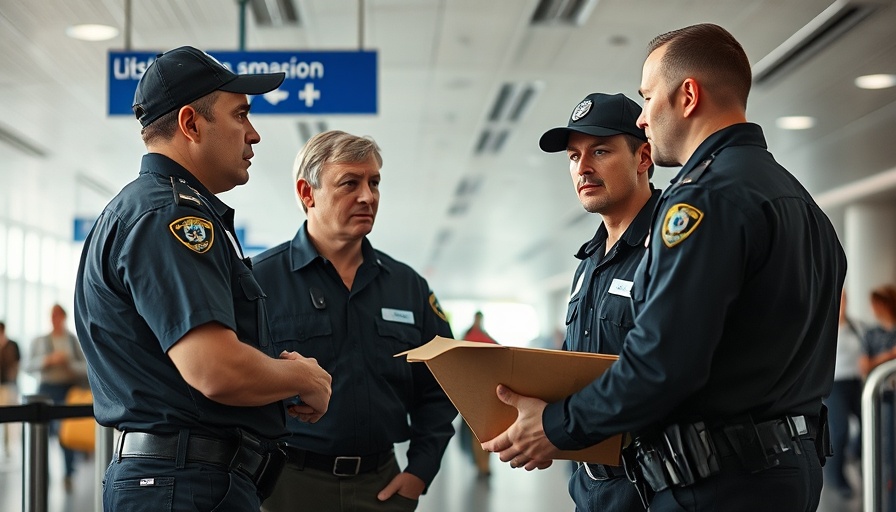
Unexpected Journey: DoorDash Driver Enters Secure Airport Zones
In an unusual incident at Chicago O'Hare International Airport, a DoorDash driver found themselves in quite the predicament when they accidentally drove into a secure area typically restricted to airport personnel and authorized vehicles. This curious case highlights not only a moment of confusion but also raises critical questions about security protocols and accessibility at one of the busiest airports in the United States.
Understanding the Incident
The events unfolded as the driver, while on the clock delivering for DoorDash, inadvertently took a wrong turn, leading them to breach a secure area surrounded by barriers and security gates. Fortunately, the driver was unharmed, and there was no immediate threat to airport operations. However, the incident triggered a swift reaction from airport security and law enforcement, emphasizing the importance of regular training and adherence to protocols.
Context of Security in Airports
Airports operate under strict security measures designed to safeguard passengers and operations. Missteps like this underline the significance of clear signage and training for all personnel, even those representing third-party services such as food delivery. It’s essential for companies and airports to collaborate and ensure that delivery drivers understand the proper routes and access points to minimize the risk of similar occurrences in the future.
How Technology Could Help Prevent Future Incidents
As technology evolves, so too does the potential for improving airport security and access control. Enhanced routing systems—integrated with mapping software—could direct delivery drivers to appropriate staging areas away from sensitive zones. Additionally, utilizing real-time communication platforms between airport authorities and delivery services can enhance safety by providing immediate alerts about restricted areas.
A Call for Review and Improvement
While this incident concluded without harm, it highlights a need for thorough reviews of access protocols for delivery services in airports. The experience serves as an opportunity for stakeholders to engage in discussions on improving safety measures, training programs for delivery personnel, and the placement of clearer signage within airport premises. This diligent approach can help prevent potential breaches in the future.
Conclusion
This curious incident at O'Hare brings attention to the complex interaction between evolving delivery services and established security protocols within airports. As travelers continue to seek convenience through services like DoorDash, the balance between accessibility and security must remain a priority. It’s time for stakeholders to reassess their strategies to ensure that no one inadvertently ends up in restricted zones. Keeping security tight while allowing for the innovative flexibility of services is essential in today’s world.
 Add Row
Add Row  Add
Add 




 Add Row
Add Row  Add
Add 

Write A Comment